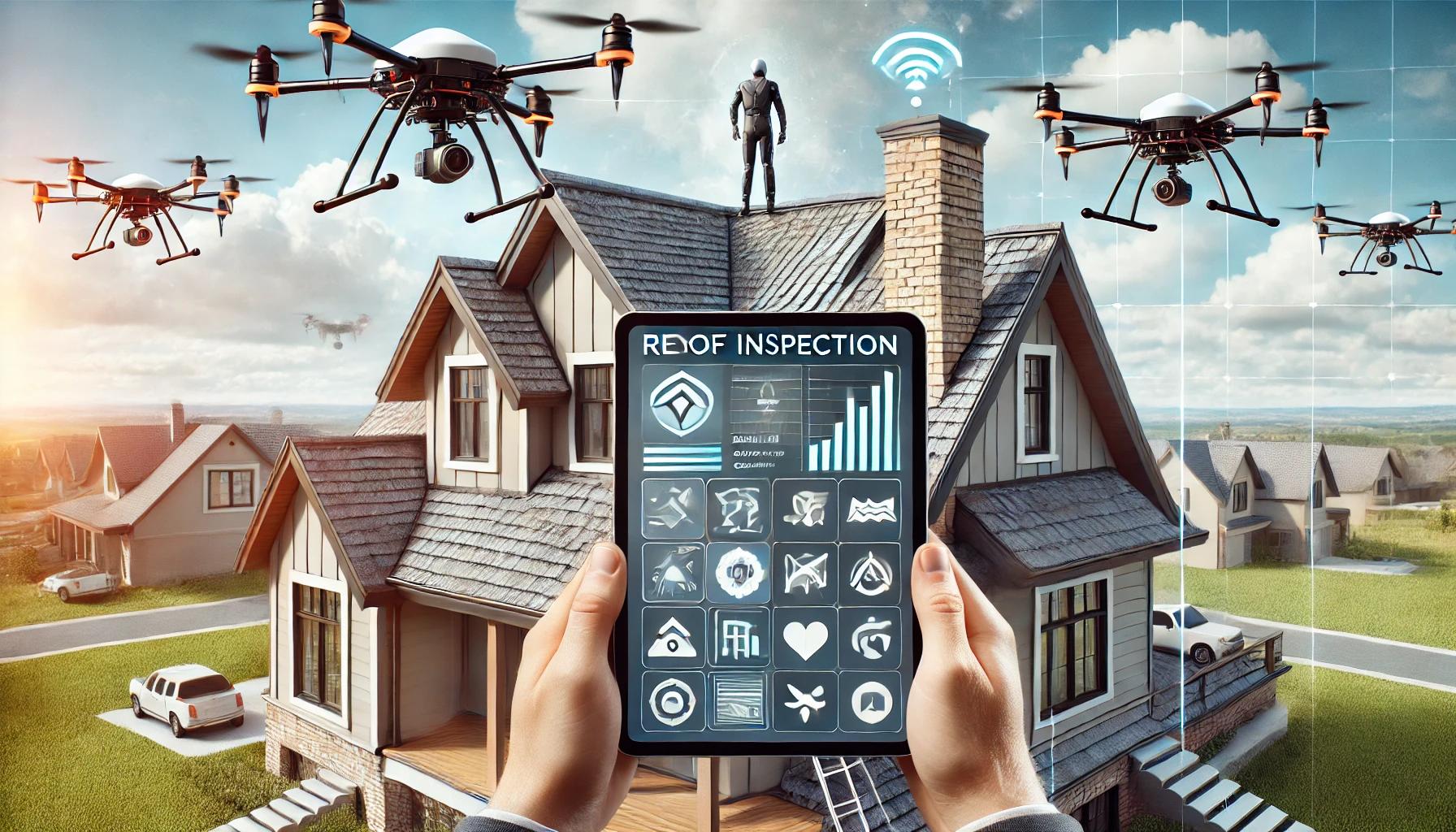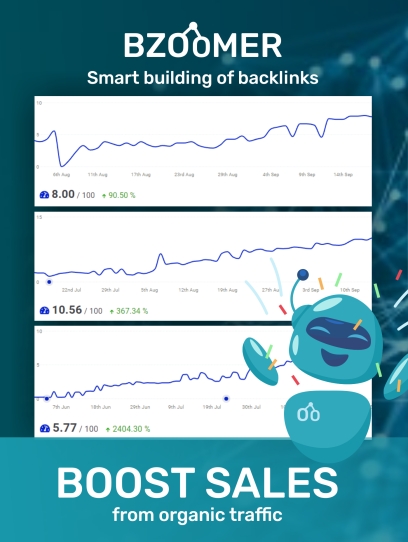The Modern Solution: Remote Roof Inspection Services
Maintaining a roof is essential, but frequent in-person inspections can be challenging, especially in areas with hard-to-reach roofs or during extreme weather. Enter remote roof inspection services—a game-changing approach that lets homeowners gain a professional analysis of their roof without needing an on-site visit. Through advanced technology, experts can conduct virtual roof assessments, delivering accurate evaluations and guidance on maintaining a safe, durable roof.
The Benefits of Professional Roof Analysis Online
Professional roof analysis done remotely leverages satellite imagery, drone technology, and AI-driven software to examine your roof’s condition. Some key advantages include:
- Accessibility: Homeowners in remote or hazardous areas can access expert evaluations without the risks of in-person inspections.
- Cost Efficiency: Virtual assessments are often less expensive as they reduce the need for travel and equipment costs.
- Quick Turnaround: Remote inspections can be scheduled and performed faster than traditional methods, providing immediate insights.
Roof Maintenance Checklist for Homeowners
Regular roof maintenance can extend the lifespan of your roof and prevent costly repairs. Here’s a helpful checklist to keep your roof in optimal condition:
- Clear Debris Regularly: Ensure leaves, branches, and other debris are removed.
- Inspect Shingles: Look for signs of wear, missing shingles, or curling edges.
- Check for Algae and Mold: Growth of moss or algae can deteriorate roofing material.
- Clean the Gutters: Clogged gutters can lead to water damage on the roof and along the walls.
- Evaluate Flashing and Seals: Ensure there are no gaps in the roof flashing or seals around chimneys and vents.
This checklist is your primary defense against damage and deterioration, helping you stay ahead of potential issues before they escalate.
When to Replace Your Roof: A Guide for Homeowners
Knowing when to replace your roof is essential. Here are signs that your roof may need more than a quick fix:
- Age: Most roofs last between 20–30 years, depending on the material. If your roof is approaching this age, it may be time to consider a replacement.
- Shingle Granules in Gutters: This indicates shingle deterioration, as they shed granules over time.
- Sagging Roofline: This is a structural issue, suggesting that your roof is no longer providing adequate support.
- Persistent Leaks: Ongoing leaks, even after multiple repairs, often mean the underlying material is compromised.
- Daylight Through Roof Boards: If light passes through the attic roof boards, it’s a sign of significant wear and tear.
These factors can help you make an informed decision about replacing your roof and prevent future damage to your home.
Roof Inspection: Signs of Damage to Look Out For
During regular inspections, look for these warning signs to catch roof issues early:
- Cracked or Missing Shingles: Often caused by strong winds or aging materials.
- Water Stains: Both inside the attic and on the ceilings of your home.
- Damaged Flashing: Especially around chimneys, skylights, and vents.
- Peeling or Blistering Paint: Often due to poor ventilation, leading to moisture accumulation.
- Dark Spots on Shingles: Dark spots can indicate mold growth, water damage, or missing granules.
By identifying these issues early, homeowners can take immediate action to prevent expensive repairs and protect their home’s structural integrity.
The Future of Roof Maintenance: Embracing Remote Services
Remote roof inspection services are ideal for homeowners who value efficiency, convenience, and proactive roof management. With regular remote inspections, professional guidance, and adherence to maintenance checklists, homeowners can protect their roof investment and ensure their home remains a safe and comfortable haven.



